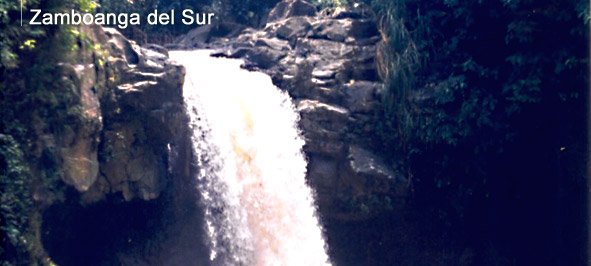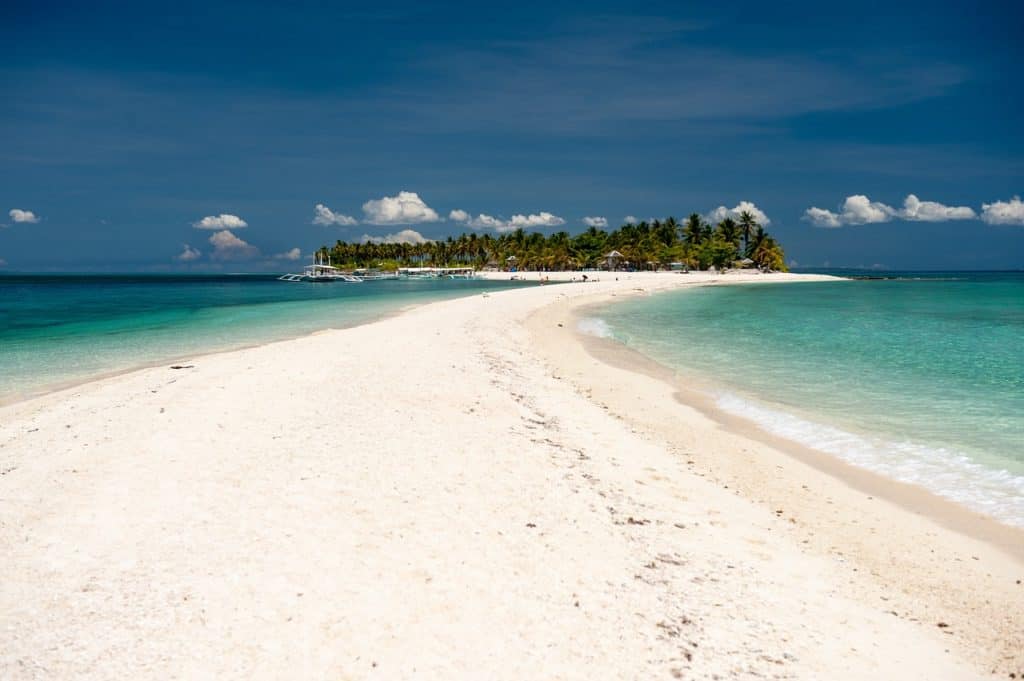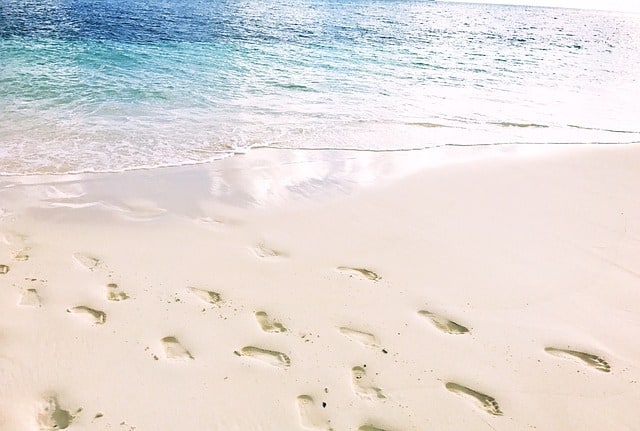Zamboanga Del Sur – The Colors Of Ethnic Zamboanga
Looking for properties in Pagadian City, Contact Giovanni Carlo P Bagayas Globe 0916-336-35-18 and Smart 0949-919-05-45 Property consultant of Camella homes and Lumina homes Pagadian City
BRIEF DESCRIPTION
The province of Zamboanga del Sur is bounded on the north by the province of Zamboanga del Norte; on the south by the Moro Gulf; on the southwest by Zamboanga Sibugay; and on the east and northeast by Lanao del Norte, Misamis Occidental, and Panguil Bay.
The original inhabitants of the Zamboanga peninsula were the Subanons, who settled along the riverbanks.
The next group of settlers to arrive were Muslim migrants from the neighboring provinces.
The Maguindanaoans and Kalibugans were farmers; the Tausugs, Samals, and Badjaos were fishermen; and the Maranaos were traders and artisans.
The Muslim settlers also looked on mat weaving as its major occupation.
Then came an exodus of migrants from nearby provinces. Historians say that majority of them came from the Visayas, Cebu, Bohol, Negros, and Siquijor.
Together with the original settlers, these pioneers helped develop Zamboanga del Sur into the abundant and culturally diverse province that it is.
Today the province comprises two congressional districts with 26 municipalities and one component city.
Pagadian City, its capital, with a total of 681 barangays, has been declared as the new regional seat of Region IX.
Geography
Zamboanga del Sur occupies the southern section of the Zamboanga peninsula that forms the western part of the Island of Mindanao.
It is located within a longitude of 122º 30″” and latitude of 7º 15″” north. It has a total land area of 473, 491hectares or 4,734.91 sq. m.
Stretching northward from Sibugay in the southwest and running along the northern boundary to Salug Valley in the east is the province’s mountainous countryside.
The coastal plains are extending regularly from south to west then spreading into wide flat lands when reaching the coastal plains of the Baganian peninsula in the southeast.
POLITICAL SUBDIVISION
Zamboanga del Sur consists of two congressional districts with 26 municipalities and one city, with a total of 681 barangays.
LANGUAGE / DIALECT
The major dialect is Cebuano, spoken by 61.31% of the population.
Also spoken are Tagalog, Subanon, Chavacano, Ilonggo, Maguindanao, Tausug, Boholano, and Ilocano.
POPULATION
As of the year 2000 census, Zamboanga del Sur had reached a population of 836, 147.
CLIMATE
The province has a relatively high mean annual rainfall that varies from 1,599 millimeters in drier areas to 3,500 millimeters in the wettest portion.
Temperature is relatively warm and constant throughout the year ranging from the minimum temperature of 22 to 35 degrees Celsius.
TRADE AND INDUSTRY
Agri-based manufacture of coco oil, livestock feed milling, rice/ corn milling, including the processing of fruits; gifts and housewares made from indigenous materials like handmade paper, roots, rattan, buri, and bamboo; wood-based manufacture of furniture and furniture components from wood, rattan, and bamboo; marine and aquaculture including support services; construction services and manufacture of marble, concrete, and wooden construction materials.

Zamboanga Del Sur History
The name Zamboanga was derived from the Malay word Jambangan, meaning a pot or place of flowers.
Historically, Zamboanga was the capital of the Moro province, which comprised five districts, namely: Cotabato, Davao, Sulu, Lanao, and Zamboanga.
In 1940, these districts became individual provinces. Zamboanga City became the capital of Zamboanga province.
Soon after the Second World War, the provincial capital was transferred to Dipolog.
After that, Molave was created as the provincial capital by virtue of RA 286 dated June 16, 1948.
Zamboanga del Sur was carved out from the former Zamboanga province that encompassed the entire peninsula in the southwestern
Mindanao on September 17, 1952 by virtue of Republic Act 711. As the 52nd province of the Philippine Republic, it originally consisted of 11 towns, which later expanded into 42 municipalities and one city, Pagadian, its capital.
The province was sub-divided into three congressional districts, with 11 municipalities and one city in the first, 15 municipalities in the second, and six towns in the third.
In 1990, Executive Order 429 reorganized the administrative setup of Region IX and identified Pagadian City as the new regional center.
The actual transfer of the regional offices of national government agencies, however, has yet to be implemented.
Political developments in February 2001 saw another major change in the territorial jurisdiction of Zamboanga del Sur.
its inhabitants voted to create a new province out of the third congressional district, named Zamboanga Sibugay.
The mother province is now left with 26 municipalities and one city with 681 barangays.
Zamboanga Del Sur Is Famous For
Megayon Festival

It is an institutionalized tri-people festival to showcase the arts and crafts of Zamboanga del Sur.
About Megayon Festival
The festival is seven days in length gathering held in September to praise the solidarity among the three pioneers that add to the establishing of Zamboanga del Sur, the Subanons or Subanens, the Muslims, and the neighborhood pilgrims .
The celebration is additionally held to commend the establishing of Zamboanga del Sur and, to a lesser degree, the rich reap of yields. In light of these reasons, the Megayen Festival is considered as Zamboanga del Sur’s authentic celebration.
Initially began in 2001, the celebration features the social assorted iety of the three gatherings of individuals that populate Zamboanga del Sur.
Primary staples of the festival incorporate the novel social moves of each gathering.
Conventional ensembles and in addition expressions and artworks are also for the most part gladly showed, which flaunts the decent iety of every pilgrim gathering.
As a rule, the festival has an all-encompassing subject that offers union to every festival, and these topics are quite a long time for instance, the topic for Megayon 2008 was “Dependable Usage of Natural Resources, Key to Sustainable Progress and Unity.
Megayon Festival is a brilliant thanksgiving festival for rich gather of products held each 27th to 30th of September in Tigbao, Zamboanga del sur, Mindanao, took part in by a large number of members from the Subanean ethnic gathering.
The festival depicts solidarity and solidarity as it exhibits, through road and ethnic move, the living convention and different culture of the region.
Source: https://www.hellotravel.com/events/megayon-festival
Buklog
One of the religious rituals and ceremonies of the Subanens, it represents the social hierarchy of the Subanon community.
Lapuyan Falls
It is the favorite haunt of the fair Subanen maidens of Sitio Baga and all its neighboring areas.
Lakewood
Some 15 km. from Brgy. Tubod is a beautiful mountain lake, on the banks of which is located the town of Lakewood, a quiet and lovely place where the air is heavy with the scent of wild champakas and the fragrance of a thousand nameless herons.
Lake Dasay
The second largest mountain lake in the province, Lake Dasay is located in the town of San Miguel.
Its luscious mouth is parted like the smile of a country damsel yet silent fury lurks beneath its innocent-looking waters.
Sominot Cave
Massive pillars and columns guard the entrance to Sominot Cave. Deep within, beautiful stalactites and stalagmites adorn wide spaces. The subterranean stream makes a long journey towards the coast and empties into the Tukuran River.
Malindang Mountain Resort
It is a favorite tourist destination of big groups who want to commune with nature.
The resort is owned and managed by Rogelio Mabanag, one of the most outstanding farmers in Zamboanga del Sur.
Aurora Mountain Resort
The resort has been carved out of a hillside in Barangay Anonang, town of Aurora.
It has a wide swimming pool, which is the favorite hunt of bathers from the nearby eastern municipalities.
Lily’s Hidden Spring
Along the rocky highlands and steep mountainside flows the lovely Lily’s Hidden Spring, endowed with splashing waters to the delight of nature lovers.
spacer
How to Get There
Pagadian City is accessible by air from the major poiint of Cebu City.
By sea, Pagadian is highly accessible fro Zamboanga City and Cotabato. At right is the schedule of vessels bound for Pagadian from Zamboanga City.
With Pagadian at the crossroads of the highway network in the Zamboanga Peninsula, major bus companies carry out trips to major centers in the region daily.
Zamboanga Del Sur Emergency Services
Medical Facilities
Aisah Medical Hospital, Pagadian City
Address: B. Pulmones Street, San Pedro, Zamboanga del Sur
Phone: 2154413
Zamboanga del Sur Medical Center- ZDSMC
Pagadian City
Provincial Compound, Dao
Pagadian City 7016
Margosatubig Hospital
Margiosubig, ZDSspacer
Aurora Municipal Hospital
Aurora, ZDSspacer
Tambulig Hospital
Tambulig, ZDSspacer
JH Cerilles Hospital
San Miguel, ZDSspacer
Dinas Hospital
Dinas, ZDSspacer
Lakewood Hospital
Lakewood, ZDSspacer
Danlugan Hospital
Pagadian Cityspacer
Pagadian Medical Center
Pagadian Cityspacer
Saint Martin Clinic
Jamelarin Community Hospital
Cooperative Hospital
Hofilena hospital pagadian city
Address: F.S. Pajares Avenue, Pagadian City, Zamboanga del Sur
Phone: (062) 214 1696
Borbon Hospital
Pagadian City
Saint Francis Clinic
Pagadian City
Police
Provincial Command of Zamboanga del Sur
“Pagadian City Zamboanga del Sur PPO was then named as Zamboanga del Sur Philippine Constabulary Command.
It is situated in Camp Abelon, Pagadian City. The defunct PC/INP Command previously covered three congressional districts.
Pagadian City Police Station
“Pagadian City Hotline 166″spacer
Fire Station
Provincial Fire Marshall Office
Zamboanga del Surspacer
spacer
Aurora Fire Station
Molave Fire Station
Pagadian City Fire Station
Brgy. Santiago Fire Station
Pagadian Cityspacer
Brgy. Lumbia Fire Station
Pagadian Cityspacer
Tourist Information and Assistance
DOT Region IX
MR. RICARDO A. SAN JUAN, Regional Director
Lantaka Hotel By The Sea, Valderosa Street, Zamboanga City 700
Tel.: (6362) 991 0218
Fax: (6362) 993 0030
E-Mail: dotr9@jetlink.com.ph
spacer
Police Stations and Outposts are located in all towns.
Giovanni Carlo P. Bagayas is a seasoned travel guide and passionate explorer from the Philippines. With years of experience uncovering the hidden gems of his homeland, Giovanni has dedicated his career to showcasing the beauty, culture, and adventure that the Philippines has to offer. As the author of Best Philippines Travel Guide, he combines his expertise and love for travel to provide insightful tips, detailed itineraries, and captivating stories for travelers seeking unforgettable experiences in the Philippines. Giovanni’s mission is to inspire wanderlust and help visitors discover the true essence of his vibrant country.


